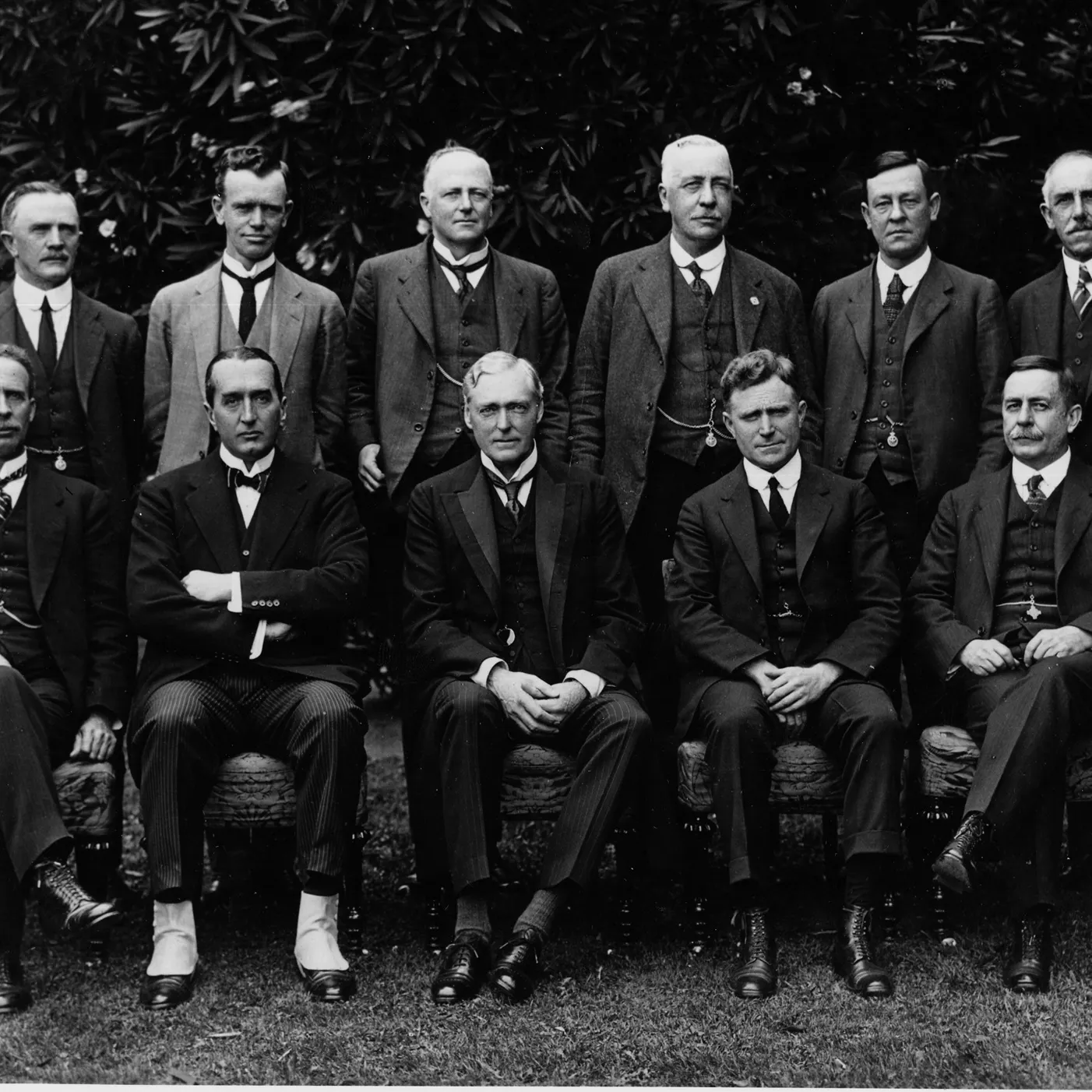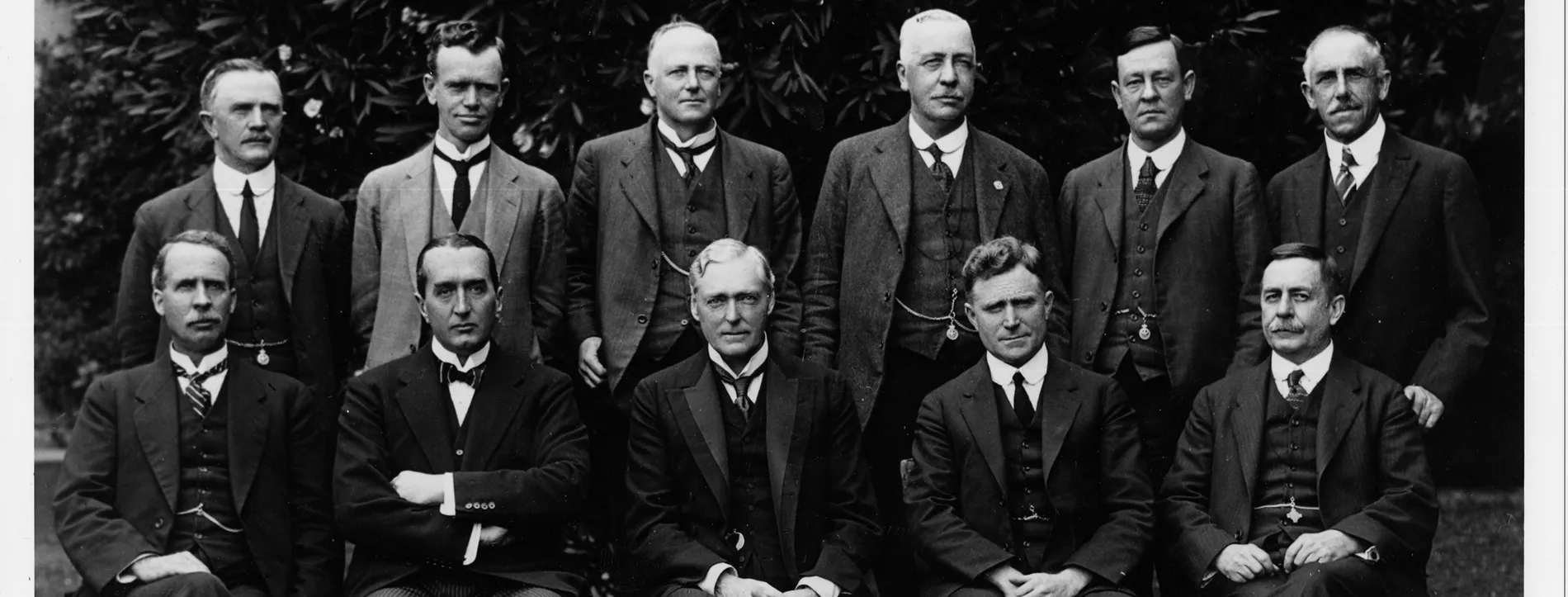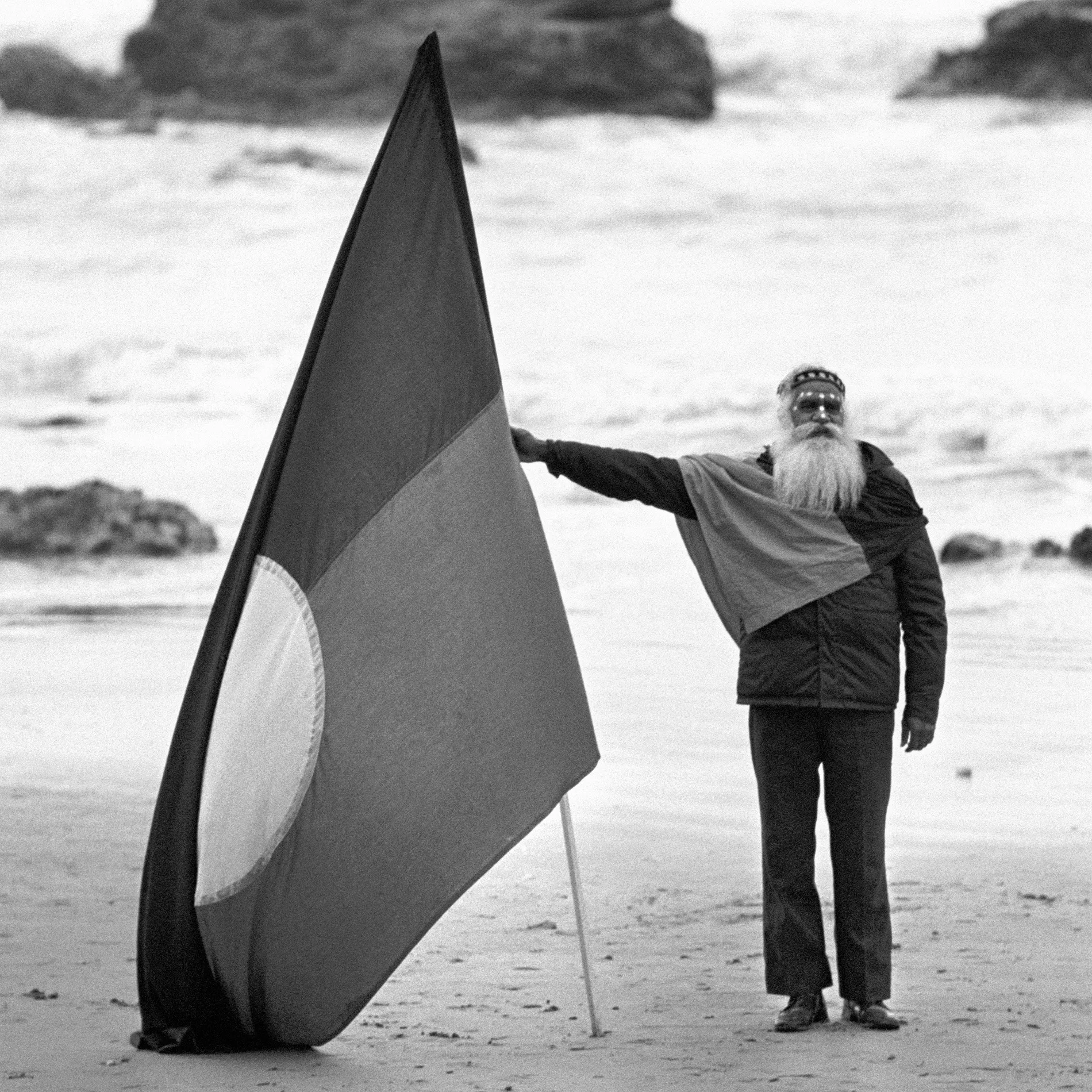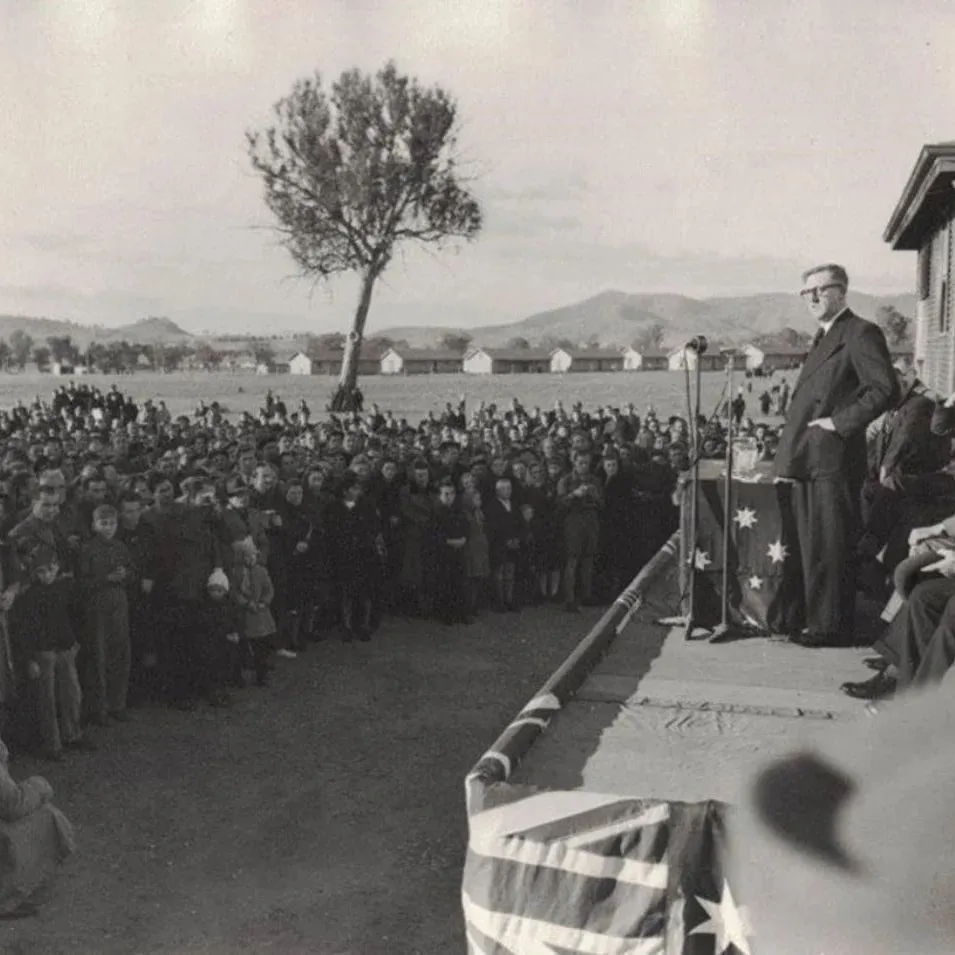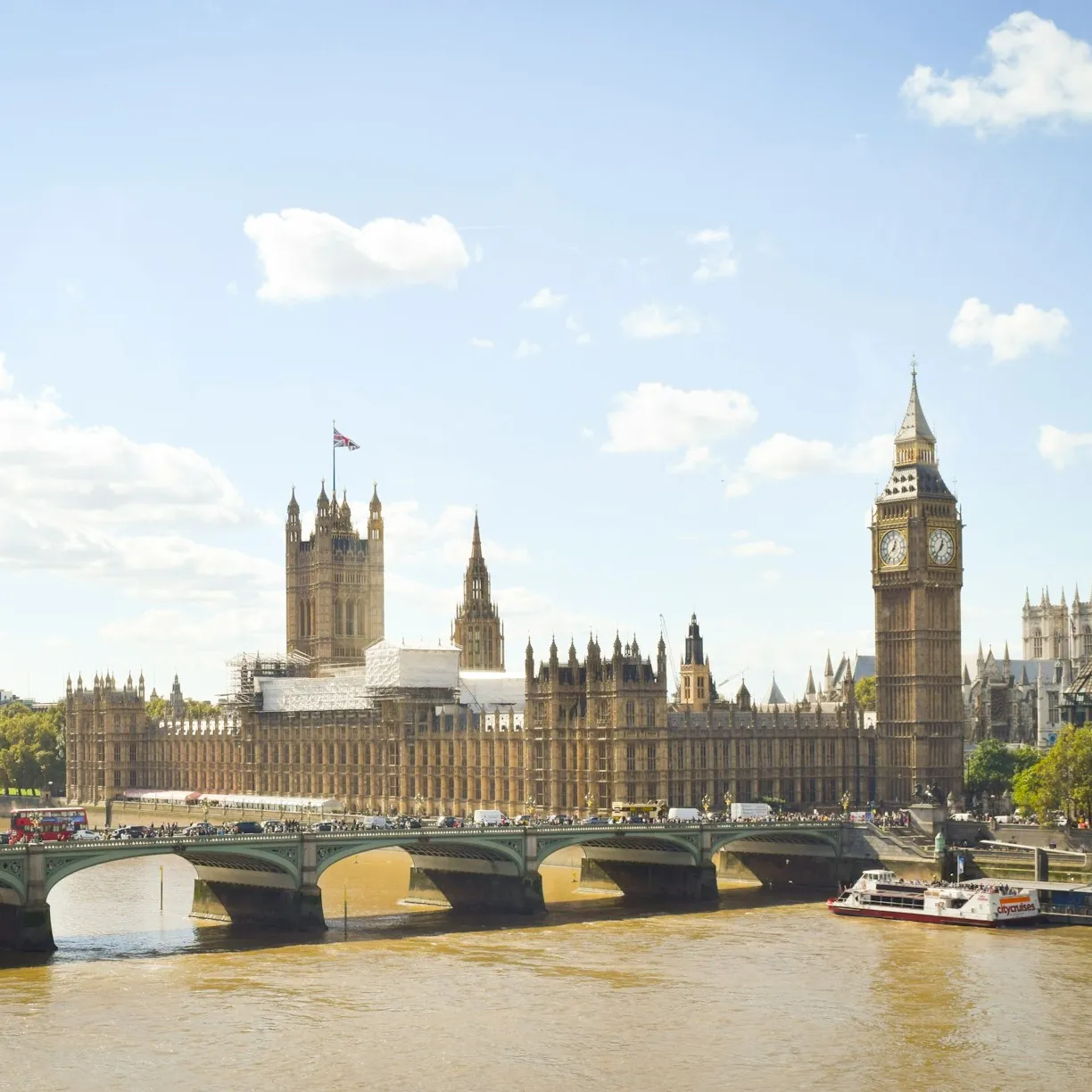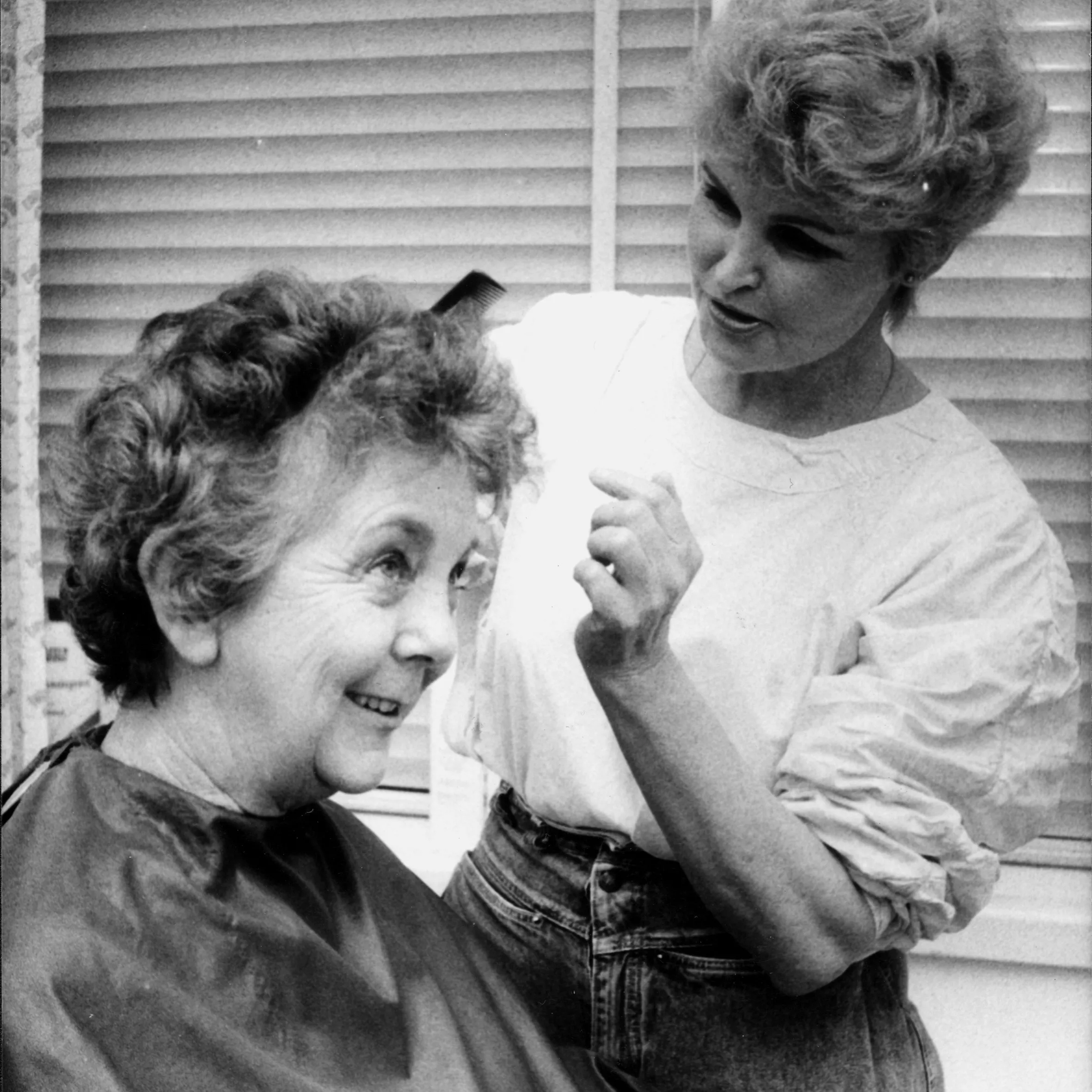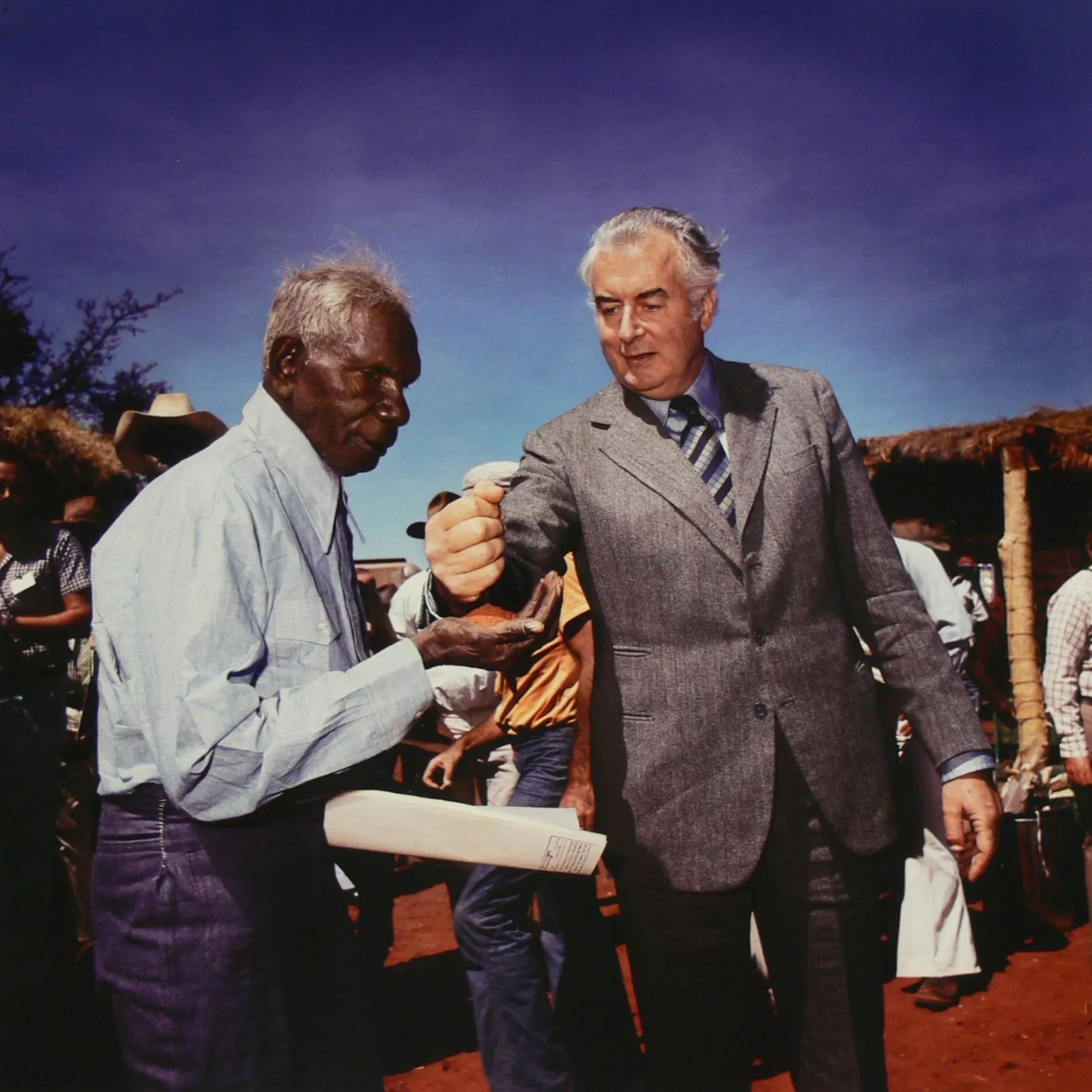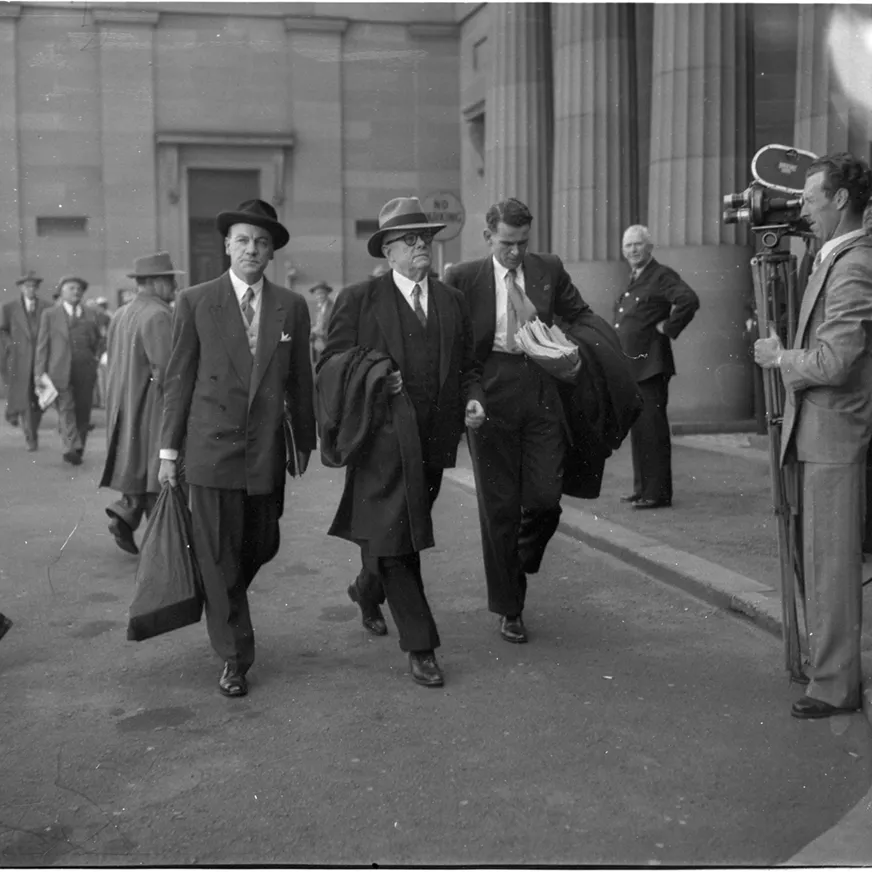Coalition governments: what are they and how do they work?
- DateWed, 20 Jan 2016
Long-serving Liberal Member of Parliament Ian Macfarlane's move from the Liberal Party to the Nationals in 2015 highlighted the fact that, at the time, the Australian Government was based on a coalition.
But what is a coalition government? What are its origins in Australia?
A coalition government occurs when two or more political parties enter into a formal agreement to cooperate with a view to achieving a majority in parliament and, on that basis, form a government. The parties that agree to govern in coalition share similar philosophies and policies, otherwise coalitions would not work.
In two-party coalitions, like the one we have occasionally had in Australia since the 1920s between the Liberal Party (also formerly known as the Nationalists and the United Australia Party) and the Nationals (formerly the Country Party), the prime minister belongs to the main party, the party that won the most seats, and the deputy prime minister is from the junior partner.
As at January 2016, the Liberal/National coalition government had Liberal Malcolm Turnbull as prime minister and the Nationals' Warren Truss as his deputy.
The Cabinet is selected in such a way as to ensure the stability of the government, with appropriate representation for the junior partner.
Parties naturally would prefer to govern in their own right. The need for coalitions arises because this is not always possible under Australia's preferential voting system. Under the preferential system, voters number candidates on the ballot paper in a rank order of choice.
In the first 18 years of federation, Australia had simple majority voting, better known as the first-past-the-post system, which we inherited from the United Kingdom. Under this system, the winner is whoever receives a higher total of votes than any other candidate. Most western democracies have this system.
This changed in Australia in 1918 when, in a federal by-election in the seat of Swan (in Western Australia), the Nationalist Party that had previously easily held the seat, lost it to Labor because the conservative vote had split between Nationalists and the Country Party. (The Country Party was founded federally in 1920 but in Western Australia in 1913.)
The Nationalist government successfully passed through parliament the Commonwealth Electoral Act 1918 to replace first-past-the-post with preferential voting. The preferential system allowed the Nationalists and the Country Party to compete in electorates without delivering seats to Labor, whom they both opposed, as they benefited from one another's preferences.
The first federal coalition government was in 1923, when the Country Party entered into agreement with the ruling Nationalist Party to form a government. The Nationalists' Stanley Bruce was the prime minister and Earle Page, from the Country Party, was deputy prime minister. This coalition lasted until 1929 when the Bruce-Page government was defeated by the Labor Party and James Scullin became prime minister.
We have had 115 years of parliamentary federal government in Australia, and for 55 of those years we have been governed by conservative coalitions whose parties respectively identify with urban and rural interests.
Third parties have arisen since the 1970s and 1980s but as our federal voting system does not allow for optional preferential voting, the winning position of the Coalition or the Labor Party is assured.

